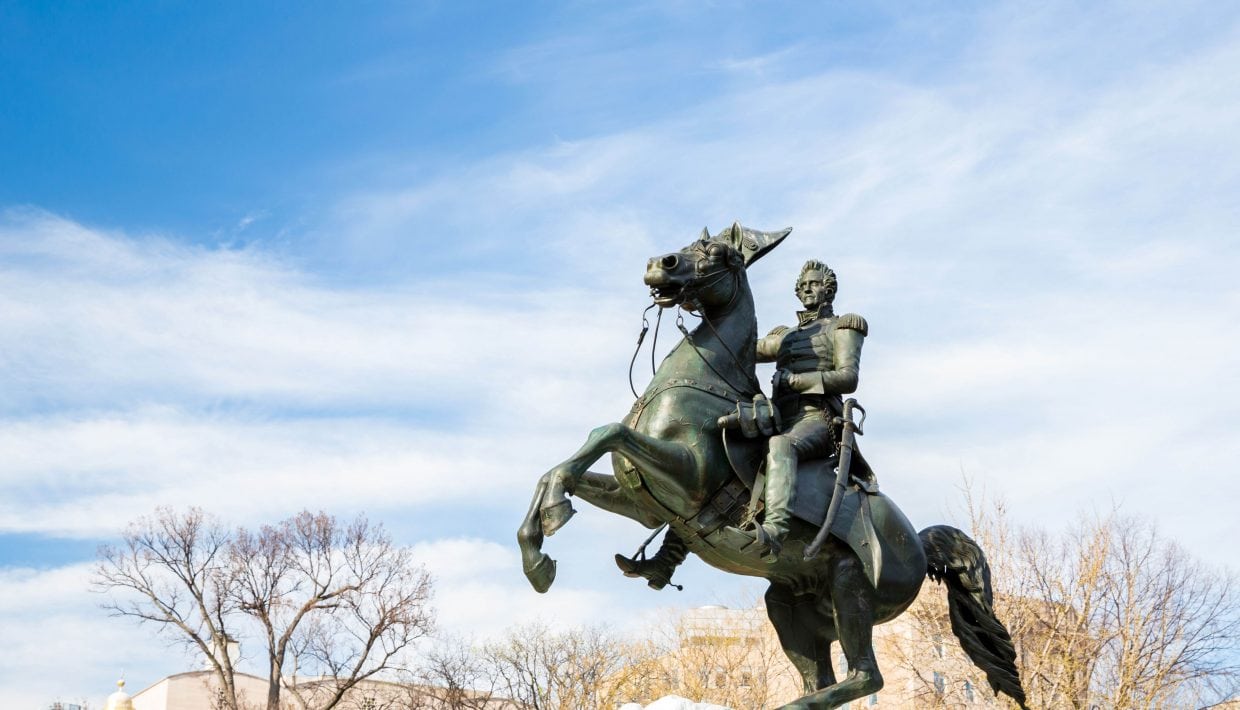
Is it right to destroy monuments over our dark past?
OPINION: Politicians, managers and researchers must be able to use their voices when cultural heritage contributes to discrimination, hatred and violence.
With the right-wing, populist-nationalist wave rolling over Europe and the United States, monuments from a dark part of our history are being pulled out of oblivion and despair. They are used ideologically and politically to draw attention to these groups in society and put researchers, managers and politicians on trial.
It’s hard to understand and to reflect upon the tragic and violent events in Charlottesville, where right-wing extremist demonstrators used violence to show their dissatisfaction with city authorities’ desires to remove the equestrian statue of General Robert E. Lee. The burning hatred and Nazi greetings that resulted are now part of the city’s history.
At the centre of these riots stands a monument of a shadowy national past. The question that arises is whether the monument has a place in our time – should it be retained or removed? US President Donald Trump argued that it may be wrong to remove the statue because it is undemocratic and denies the fact of history. Thus, he justifies “the white riot” and at the same time undermines the political majority’s decision in Charlottesville to remove the statue.
Historical monuments removed in Norway
In Norway, historical monuments representing a shadowy use of the past, such as Nazi monuments raised in honour of Norse heroes, have been destroyed to conceal or wipe out this difficult past. Several of the monuments raised during the war by the Nasjonal Samling (NS), a Norwegian far-right party active from 1933 to 1945, such as the Snorre Monument erected in 1941 in the Royal Garden in Oslo and the NS monument erected at Stiklestad in 1944, were destroyed when the war ended.
Read the rest of this opinion article at Science Nordic

